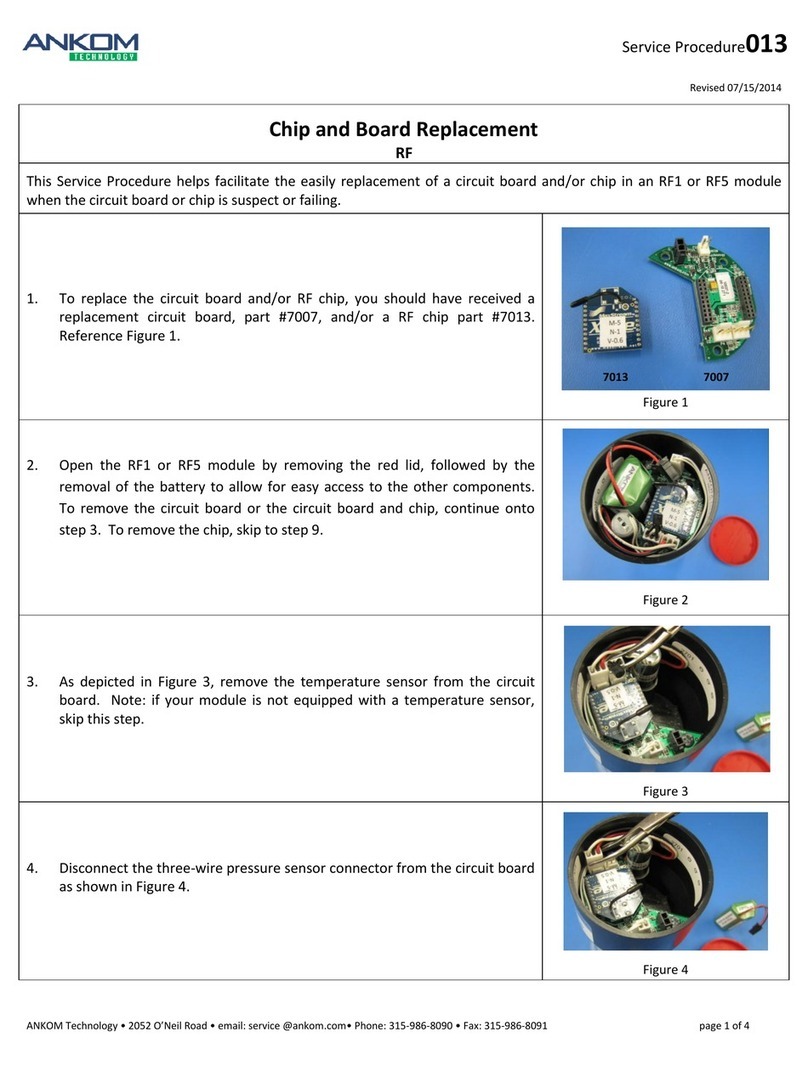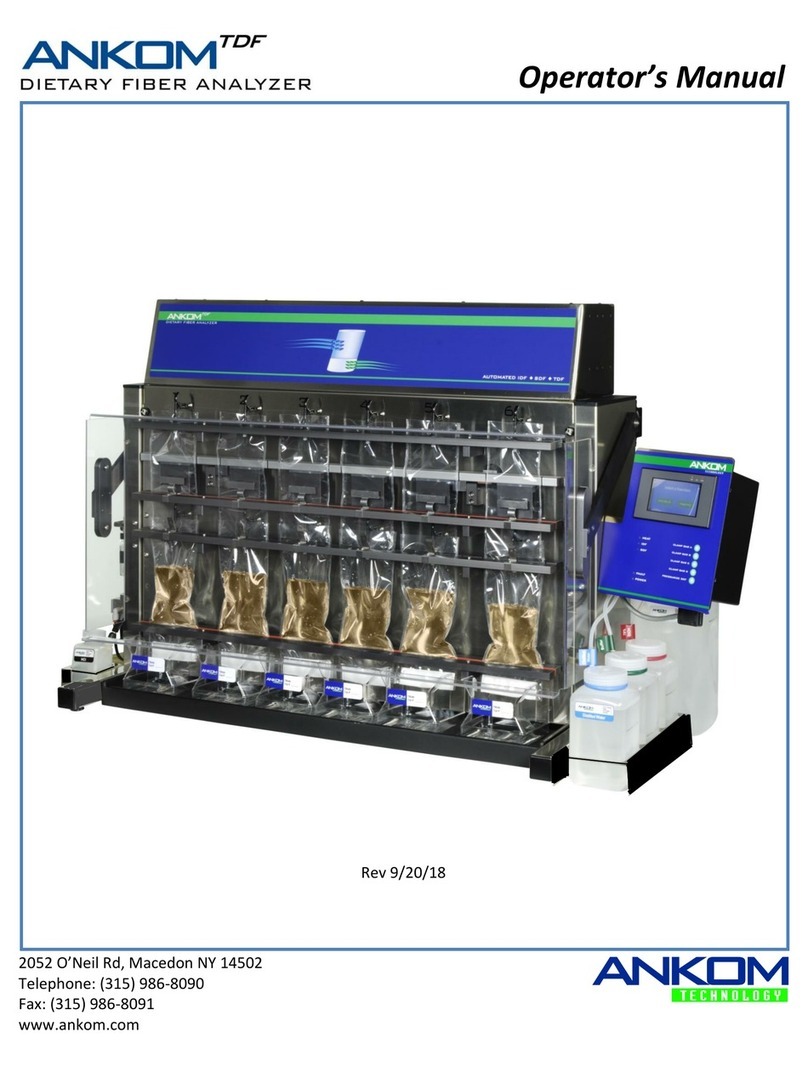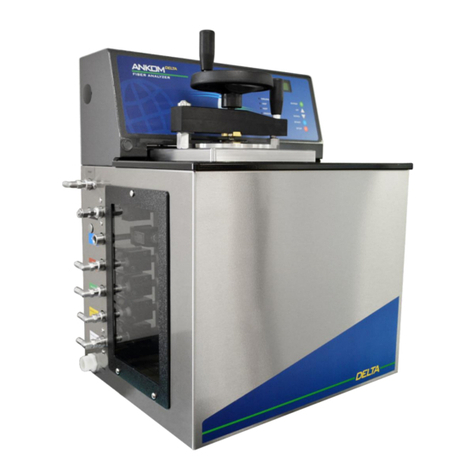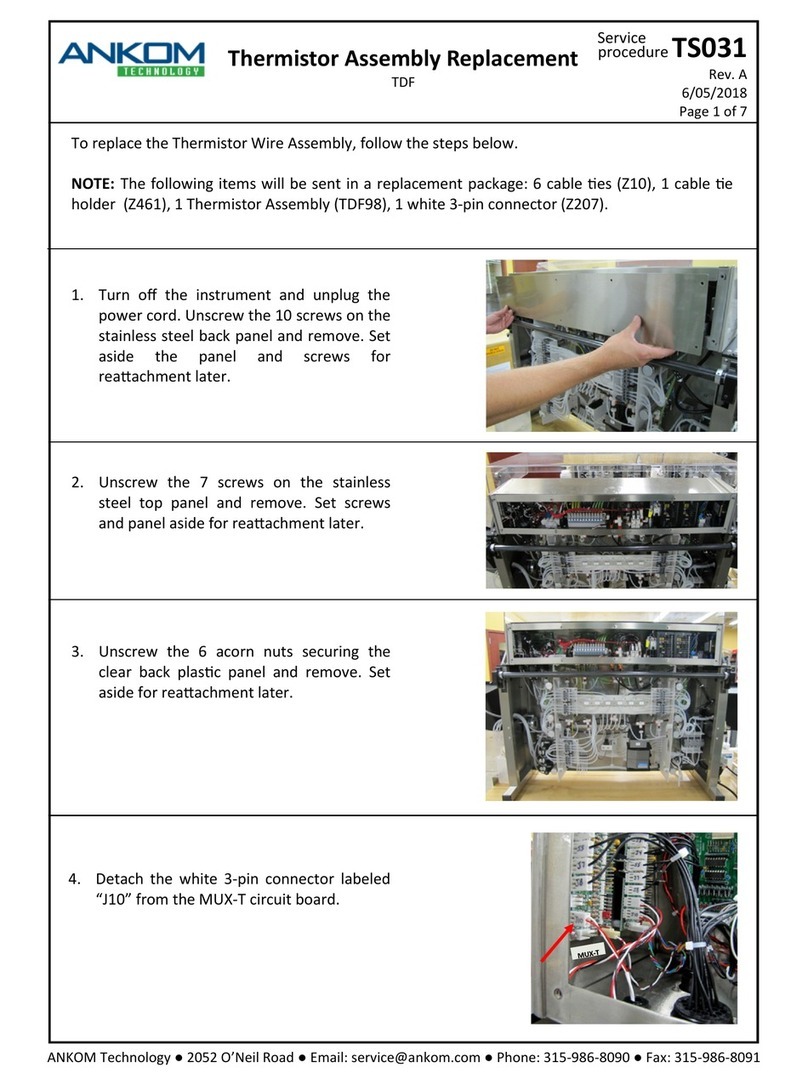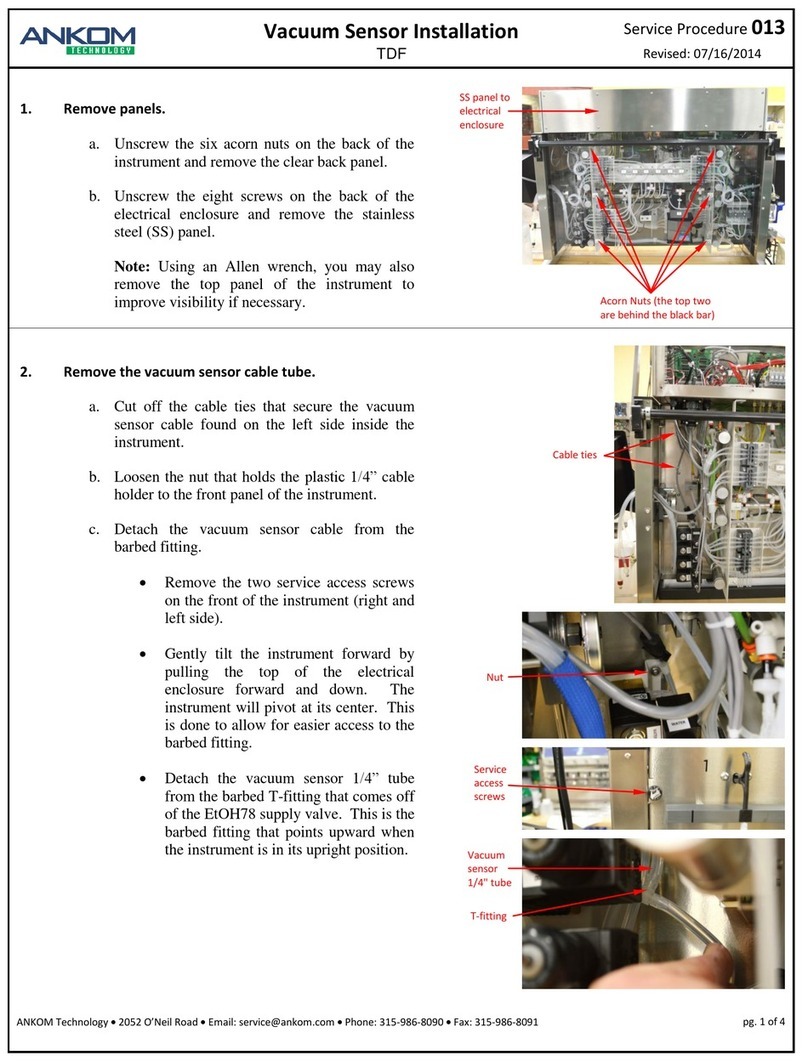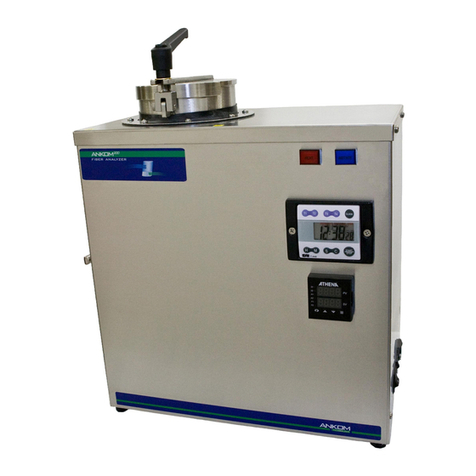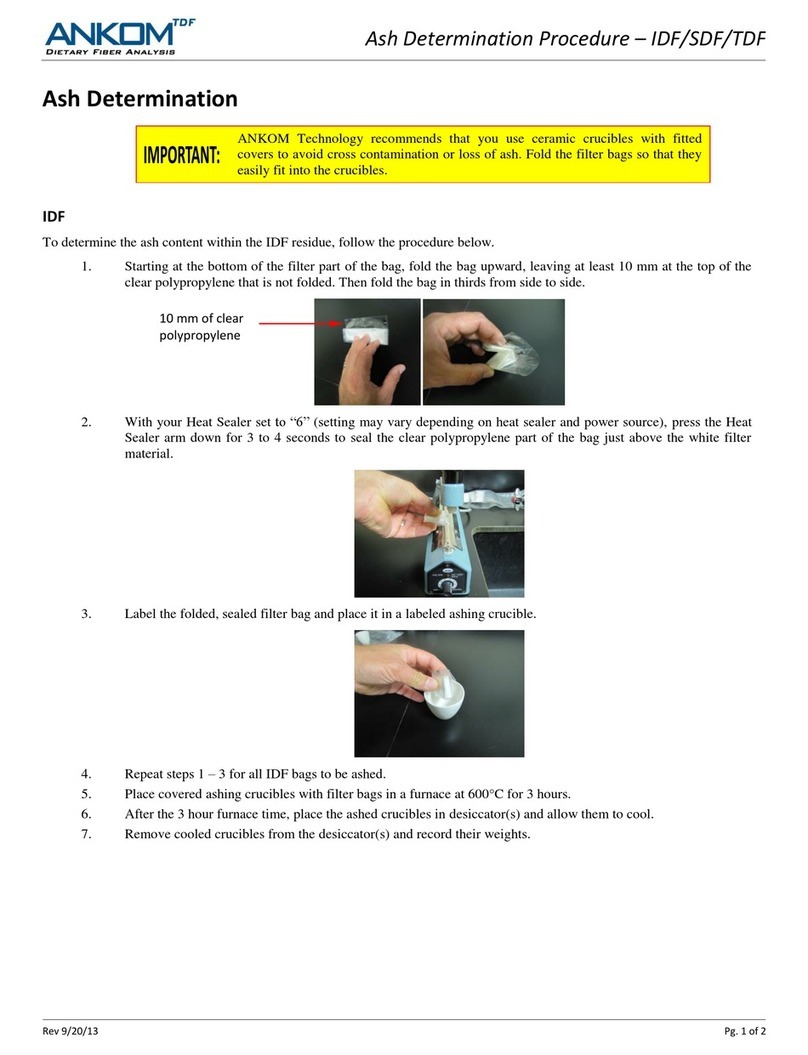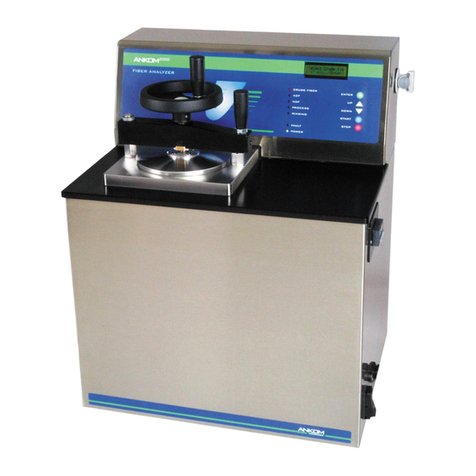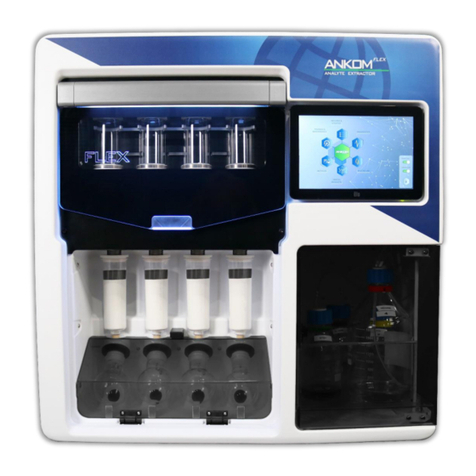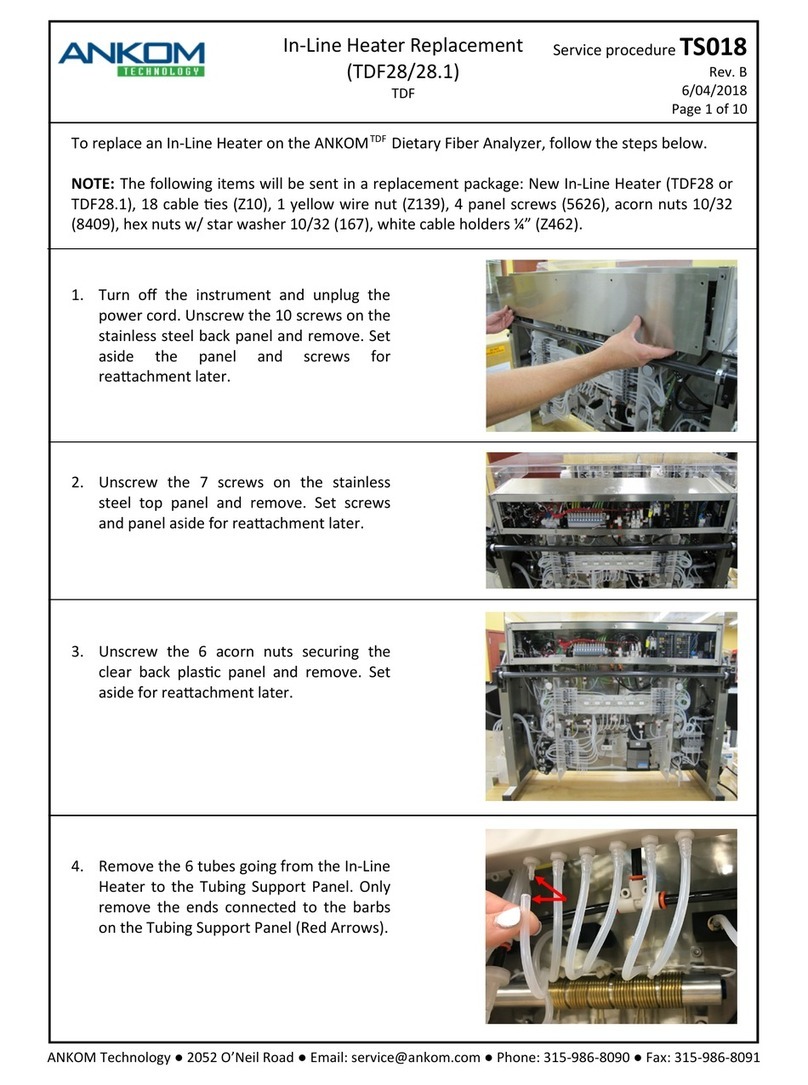Table of Contents
Introduction..................................................................................................................................................................5
Warranty.......................................................................................................................................................................5
Filter Bags .....................................................................................................................................................................5
Operating Environment ................................................................................................................................................5
Contact Information .....................................................................................................................................................6
Instrument Description.................................................................................................................................................7
Safety Precautions ......................................................................................................................................................10
Instrument Installation ...............................................................................................................................................11
Fiber Analysis Support Items ......................................................................................................................................12
Analysis Options using the ANKOM2000 Fiber Analyzer...............................................................................................12
ADF Analysis................................................................................................................................................................13
NDF Analysis ...............................................................................................................................................................19
Crude Fiber Analysis ...................................................................................................................................................25
Flush Procedure..........................................................................................................................................................29
Periodic Maintenance.................................................................................................................................................31
Troubleshooting & Replacement Parts.......................................................................................................................35
Appendix A - Analytical Procedures............................................................................................................................36
Appendix B –Wiring Diagrams (1 of 4).......................................................................................................................40












